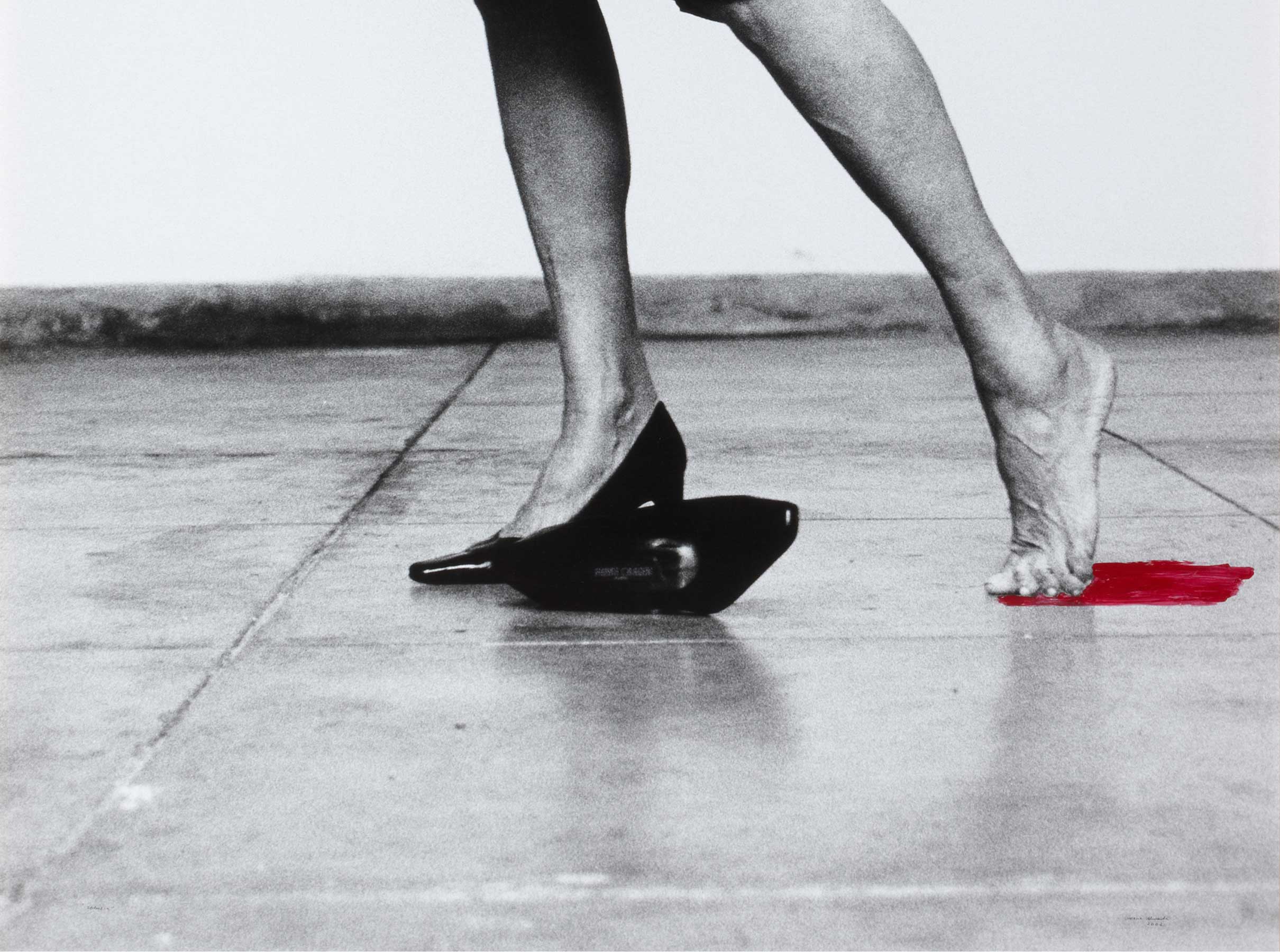Santos de Isasa y Valseca
- 1895
- Oil on canvas
- 126 x 92 cm
- Cat. P_234
- Comissioned from the artist in 1895
Flashy official garb embroidered in gold, with bright sashes and adorned with the respective insignia, was an obvious risk in terms of portrait art, as it could stand out in detriment to the facial and body expression of the sitter. Palmaroli avoided this danger by painting a highly expressive face and using an apparently uniform, but very dynamic background which can be traced back to the tradition of Velázquez. It stresses the spatial planes and gives the feeling that the model is firmly standing on the ground.
Governor of the Banco de España 1892
Governor of the Banco de España 1895
After graduating in Law from Madrid University, Santos de Isasa y Valseca opened his own law firm and became highly regarded as a lawyer. In 1857 he was appointed a senior professor at the School of Diplomacy, where he lectured on the History of Spanish Institutions in the Middle Ages. In 1864, he returned to the Administration as the Third Head of the Corps of Archivists and Antiquarians of the Ministry of Development, and was promoted to First Head in 1875. He continued with his political career in tandem during that time.
Isasa y Valseca was a member of the Conservative Party and held his first political post as Civil Governor of Cadiz in 1863.He was a member of parliament for Cordoba and Montoro in nearly every parliamentary term from 1865 to 1895. In 1896 he was elected as the senator for Cordoba and was then a senator in his own right from 1898 to his death in 1907. In 1880 he was appointed Minister for Development by Cánovas del Castillo in what was his greatest political achievement. He held the post until November 1891. During his term in office, he created the Clínico Hospital and attached it to the Madrid Faculty of Medicine.
Isasa y Valseca was appointed as public prosecutor at the Supreme Court in 1884 and served as its President in 1895. He was Governor of the Banco de España twice, from April to December 1892 and from April to September 1895. In April 1895 he was elected a member of the Royal Academy of Moral and Political Science and was a professor there.
He was a member and Chairman of the General Codification Committee, Director of the School of Diplomacy, member of the Governing Board of the Madrid Law Society and member of the board of the Compañia de Caminos de Hierro del Norte.
Other works by Vicente Palmaroli y González

